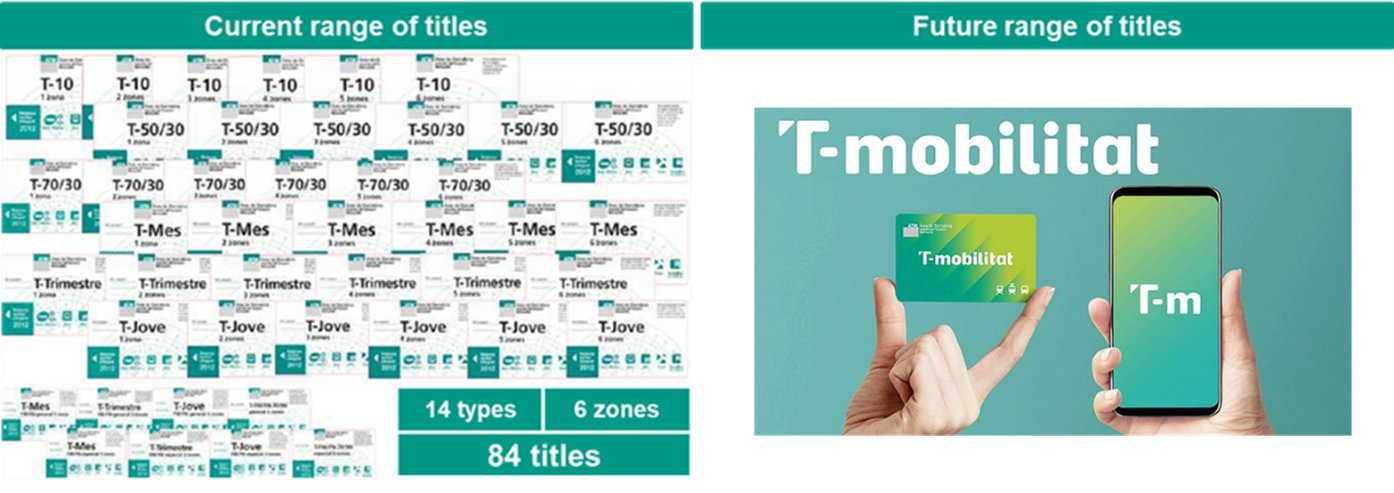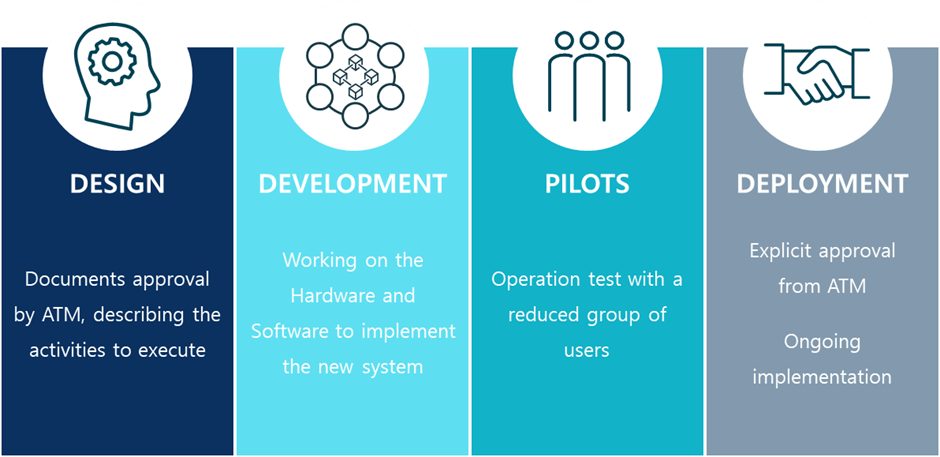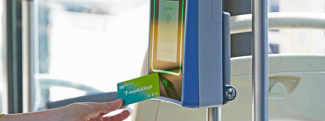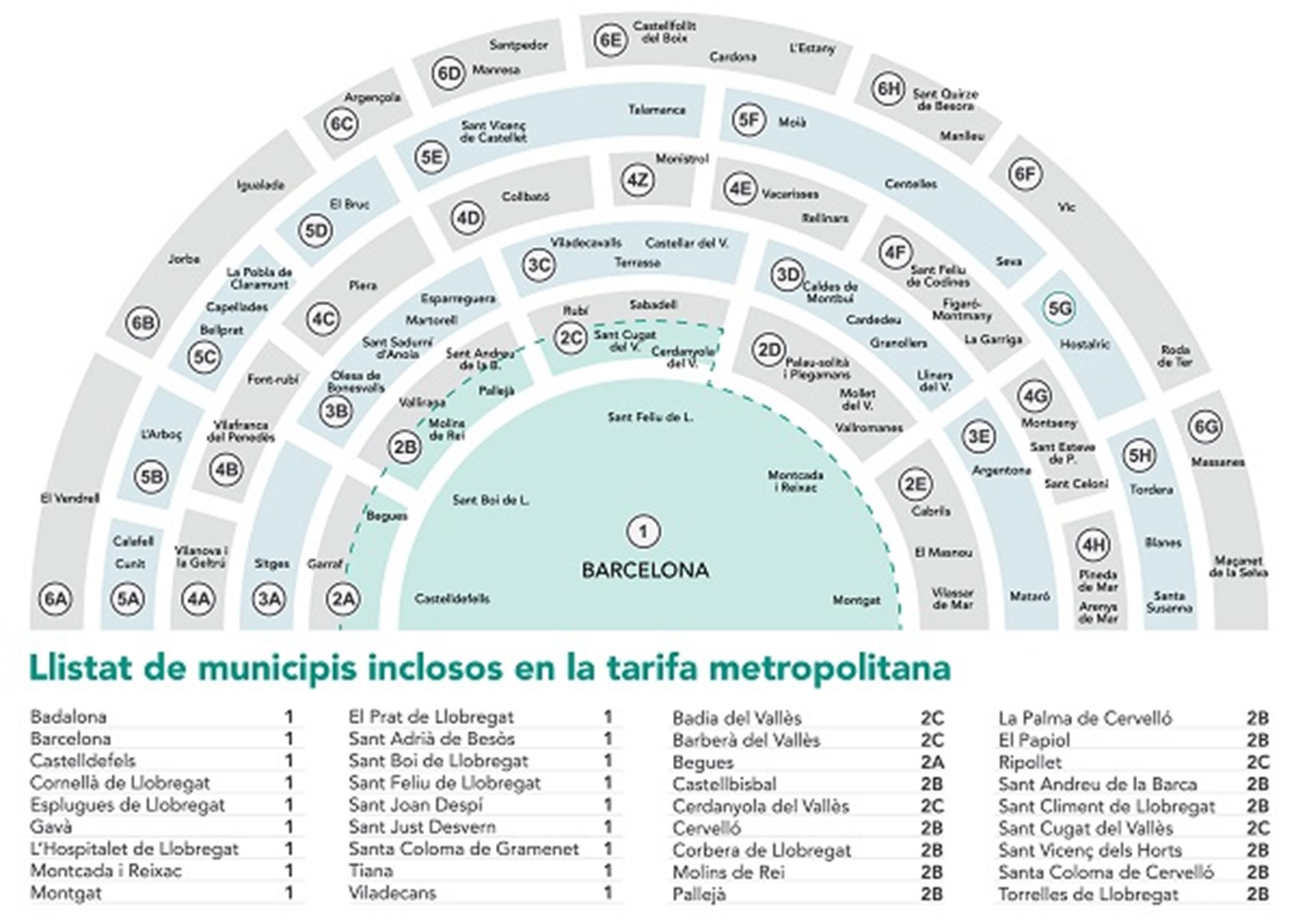In 2014, the Government of Catalonia gave Indra (ALG’s parent company) responsibility for technological implementation of its hardware and software. The new system aimed to establish a single payment system through contactless solutions for the complete transport network, allowing more dynamic modulation of user fares.
T-Mobilitat is a personal card designed to gradually replace the existing spectrum of transport tickets in Barcelona, reducing them from 80 to 1. Users will pay based on their transport route and the length of each journey, with benefits for frequent users. The new system will have variable fares depending on congestion in the private transport sector, with the aim of reducing air pollution.
ALG was engaged by Indra to provide advisory services for the identification and description of the processes involved in the rollout of the unified fare collection system. Barcelona's public transport network has an integrated system for the various available forms of transport, including buses, trains, underground and trams.
The transport operators involved in the project include:
- Transport Metropolità de Barcelona (TMB): Barcelona’s urban bus and underground rail services.
- RENFE: suburban/commuter trains.
- Ferrocarrils de la Generalitat de Catalunya (FGC): urban and suburban trains in the city of Barcelona and outlying areas.
- TRAM: Barcelona’s urban tramway.
- Bus Embarcat: almost 90 urban and interurban bus companies in the area around Barcelona.

The key goals for the project include:
- Improve service quality by providing new, high-quality and reliable technology that integrates with all transport modes.
- Smooth the transition between the existing fare and ticketing system and the new system.
- Facilitate the conversion of users into customers and offer personalised and adapted services.
- Maintain and increase the loyalty of public transport users in the ATM (Metropolitan Transport Area) and increase the current share of public transport users through new customer-users and new journeys.
Objectives, goals and purposes
The objective of the project is implementation of the hardware and software for the desired integrated ticketing system for the ATM, supporting all of the operators in the transition and making it easy and convenient for users to use the entire interconnected network in the Barcelona metropolitan area.
Study methodology and activities
The scope of work includes designing the new system, developing it, some preliminary pilots and final implementation.
Design and development phases:
- Design of the new ATM Central System, able to process data from all operators and manage all validations.
- Adaptation of the current central systems of all the operators to process, exploit and forward validation data to the ATM Central System (a specific working group will be created for each operator for this purpose).
- Design of the hardware and software data to perform the desired services.
- Approval by the ATM of the documents (Work Plan) describing the activities to be performed.
The technology implementation phase is followed by the technology management phase, in which operation of the new Unified Fare Collection System begins and the maintenance service is transferred to the maintenance provider (either ATM or another entity).

During the project, ALG’s consulting services include:
Design phase
- Definition of functional requirements and their agreement with ATM. Leading the out-of-scope negotiations.
- Support for technical teams for implementation of technical requirements.
Development phase
- Support for the planning, preparation, follow-up and delivery of documentation, both internal and external (machinery design, software implementation, supply/installation, etc.).
- Support for planning, follow-up and delivery of equipment and machinery.
- Support for planning, follow-up and delivery of software to ATM and operators.
Pilot phase
- Support for planning, follow-up and execution of internal and external tests (FAT and SAT).
- Internal follow-up and reporting of testing progress to ATM and operators.
Deployment phase
- Management of knowledge transfer: preparation of training plans, leadership of the training office (development of training material, delivery of training, training follow-up).
- Support for the management of specific FGC, RENFE and AMB projects.
Project management
- Reporting of project progress to management in Indra.
- Support in the identification and management of evidence for the preparation of documents and deliverables.
- Supervision of the coherence and structure of arguments presented in reports.
- Coordination of contributions to reports by the teams involved and integration into reports.
- Management of modifications to reports as reviewed by the teams involved: Internal Audit, project teams, the management team.
- Support for the generation of monthly economic certificates and follow up of documentation and evidence for the acceptance process by an external auditor.
Key findings and recommendations
As the project progresses towards completion of the CapEx phase, the main takeaways include:
- Contractual delays: the constant delays that have occurred for various reasons and due to several of the parties responsible for the project have affected development of the project, requiring several financial readjustments defining the extra costs generated.
- Additional opportunities: use the knowledge acquired in the T-Mobilitat project to establish a preferential position in the new T-Mobilitat tender for the rest of Catalonia (the Tarragona and/or Girona regions).
Success and outcomes
The first version of the T-mobilitat was successfully launched in the centre of the Barcelona Metropolitan Area (AMB) for the core tickets on 23 December 2021. The number of users keeps rising, with the new card achieving almost 100,000 validations on working days.
The project is currently in progress, working on new functionality to expand it to new groups of users, types of tickets and peripheral AMB areas.


